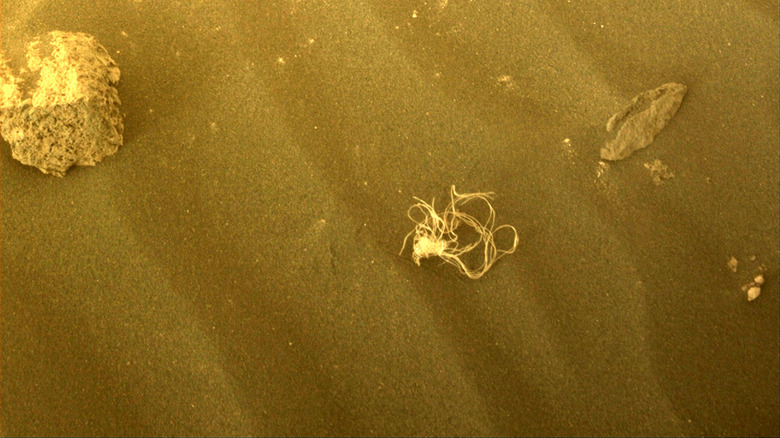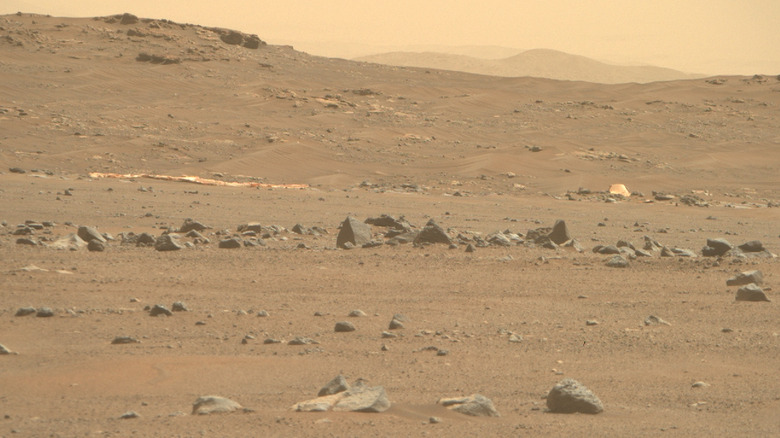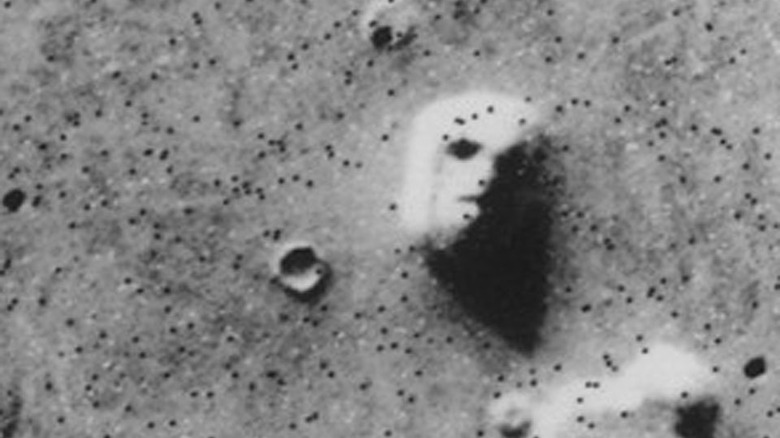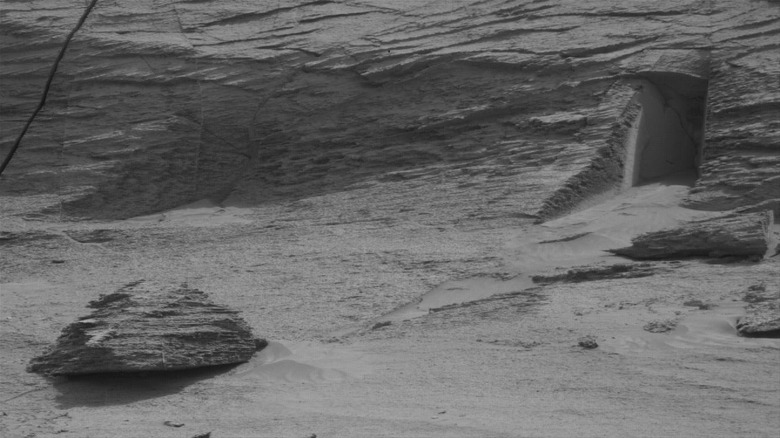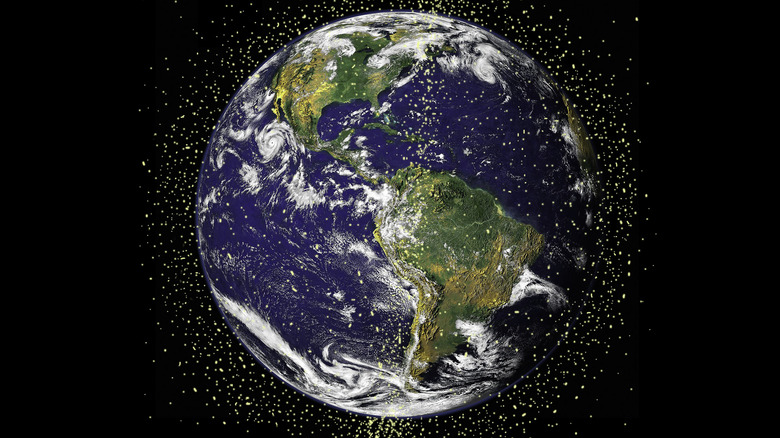The Mysterious Bundle Of 'Noodles' Isn't The Only Weird Thing We've Found On Mars
Traveling is hard work. One could work up a mighty hunger just by taking a road trip across the state. Is it any wonder then that NASA's Mars rover Perseverance brought along some noodles to carbo-load as it explores the vast desert of the Martian surface? Although the ramen-noodle hypothesis is plausible (astronauts have smuggled items aboard their spaceships before), it's more likely that we've found a piece of man-made debris and not a delicious fragment of sodium-dense noodles. The reason it looks like a piece of string is because that's probably what it is.
The odd bit of debris was spotted by one of Perseverance's hazard cams that are tasked with making sure the SUV-sized rover doesn't crash into any boulders or flounder in a Martian ditch. The bit of space trash was first spotted last week and caused such an online ruckus that it became the mission's image of the week by public acclaim. Less than a week later, the little bundle of mystery was gone, presumably carried off by the wind (via Universe Today).
The trash left behind
This isn't the first time that Perseverance (or its sidekick Ingenuity) has found parts of its landing stages on its exploration of the surface. Just last month, a shiny piece of metal was found wedged into a rock formation in what used to be a river delta. Instead of an artifact of alien life, we found a torn piece of a thermal blanket used to mitigate temperature changes in the harsh environs of interplanetary space (via CNET).
Back in April, the rover managed to spot the remains of its parachute and part of its entry capsule in the distance, most likely the backshell of the Mars 2020 spacecraft. The parachute was used to decelerate the spacecraft midway on its journey from outer space to the Martian surface. Once it had slowed the craft enough for the descent stage to engage, it, along with the backshell, was released and left to fall to the surface wherever the thin Martian atmosphere placed it (via NASA).
Martian mirages
Trash isn't the only thing on Mars that catches the public's attention and inflames its curiosity. In the late 19th century, wealthy astronomer Percival Lowell looked to the Red Planet and imagined he saw canals built by alien hands, going so far as to give lectures on Martian engineering and culture (via Space.com).
In the 1970s, NASA's Viking 1 orbiter was flying over the Cydonia region of Mars when it snapped a photo that would become the "face" of all Mars conspiracy theories. What was a perfectly natural mesa was transformed by dramatic shadows and a low-resolution camera into the Face on Mars — indisputable evidence of alien life to some, global pareidolia trigger to others (via NASA). Elsewhere in Cydonia, an oddly symmetric mountain was touted as further proof that this region must once have been populated by intelligent beings. Unfortunately for the believers, any fancies of alien architecture were put to rest with high-resolution imagery (via Universe Today).
The view from the surface
Martian mysteries don't always appear on a grand scale, only visible from the lofty perch of outer space. Now that we've got a fleet of robots combing the surface for any sign of life, there are thousands of images for scientists, conspiracy theorists, and the public to pore over. One of the latest to pique the public's interest comes from the Curiosity rover, which is currently exploring the slopes of Mount Sharp near the Martian equator. Tucked into the rocky cliffs is an opening that looks suspiciously like a doorway. What's not evident from the pictures is the fact that this break in the rocks is not quite a foot tall, so only the tiniest of aliens are likely to call it home (via NASA).
Back in 2014, Curiosity also managed to snap a picture of what looks like a thigh bone. Despite appearances, it wasn't proof of a past population of hominids on Mars but rather the vagaries of time and erosion on rock (via Space.com).
Space trash
Even though for most of us, space trash is prime meme material, for space scientists and policy makers, it's a growing concern. Every lander that has reached the surface of Mars has used a parachute to slow its descent, which was then jettisoned and abandoned. The landers themselves are then abandoned when they don't work anymore, making them either relics or trash depending on your perspective. And Mars isn't alone. Venus, the moon, and Saturn's moon Titan all carry the leftovers of human space exploration on their surface (via Planetary Society).
The problem is worse in orbit. In addition to the numerous satellites in earth orbit, NASA also keeps track of over 27,000 pieces of space debris. The agency estimates that there are 100 million pieces of debris in orbit the size of a fleck of paint, all capable of damaging or destroying spacecraft. And every collision can potentially unleash thousands of other pieces of debris, compounding the problem via a phenomenon called the Kessler Syndrome (via NASA).
There are some efforts to clean up the skies that involve gently nudging dead satellites toward a fiery death in the Earth's atmosphere, but nothing is currently underway (via NPR). As for our garbage on other worlds, until we find a way to bring it back, it's going to stay right where we left it.
